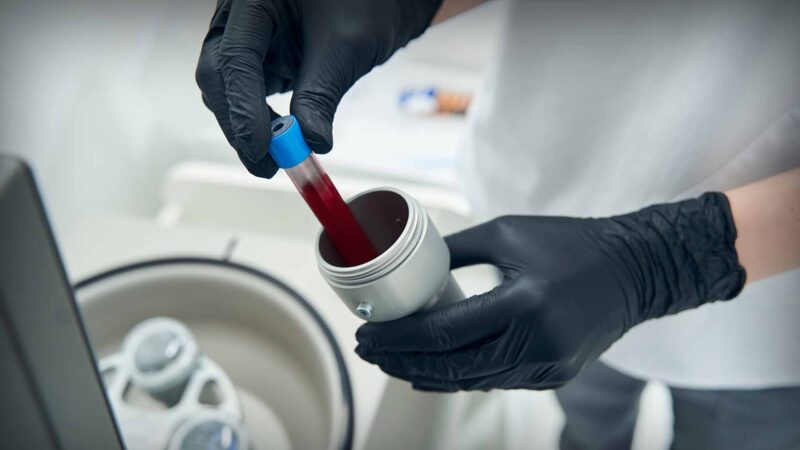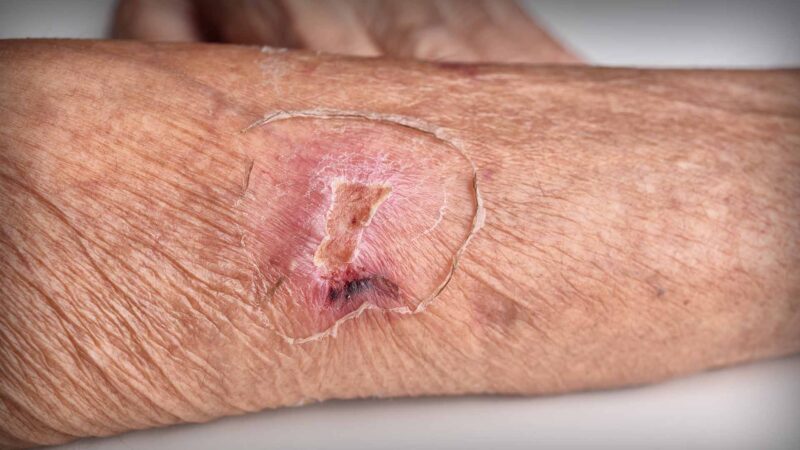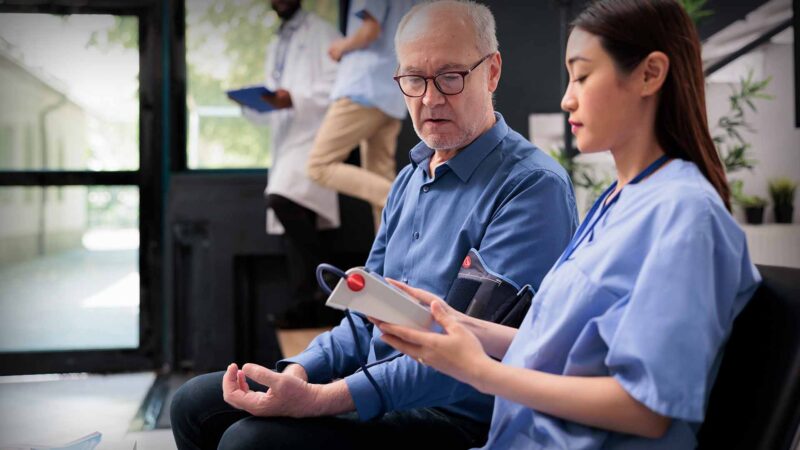CASE STUDY: EVOLUTION IN THE MEDICAL DEVICE SUPPLY CHAIN Cardinal Health and DHL discuss trust and partnership in logistics and back office
With
Steve Thompsett, CEO
DHL Supply Chain Australia and New Zealand
Michael Gardner,
(Former) VP Life Sciences & Healthcare
DHL Supply Chain Australia
Shane McCormack,
Senior Manager Supply Chain
Cardinal Health
Australian Health Journal segment
Filmed in Sydney | April 2025
Supply chain and logistics involve managing products globally, from manufacturing to distribution. This includes international shipping via air and sea, storing products in temperature-controlled warehouses, and delivering them to pharmacies, medical wholesalers, and hospitals within the domestic market.
Michael Gardner, (Former) VP Life Sciences & Healthcare, DHL Supply Chain Australia spoke to Australian Health Journal about the medical device industry being particularly complex; onboarding a new customer at DHL supply chain demands thorough preparation. This process involves understanding the customer’s operations and the lifecycle of their products, from their arrival at the warehouse to their use in patient care. Insight into the customer’s expectations is crucial to ensure seamless operations.
For Cardinal Health, a global manufacturer and distributor of medical products, the process begins when products arrive in Australia and are cleared by customs before being stored at their Sydney warehouse. From here, they fulfil orders for various clients, including hospitals and wholesalers, supported by DHL’s logistics services.
In this case study, Australian Health Journal was given the opportunity to talk to both the logistics provider and the end medical technology client in what is an evolving medical device supply chain.
Challenges in Australia include a limited manufacturing workforce and the distances to raw material sources, with all imported products being finished goods. Compliance with safety and regulatory standards is essential. In addition to logistics, DHL provides value-added services like equipment repairs and a 4PL service, which includes customer service support and accounts receivable, enhancing efficiency for Cardinal Health.
Credit: MedTech24 Conference, hosted by Medical Technology Association of Australia (MTAA) in Sydney, October 2024.
Source: Written by AUDIENCED, with use of generative AI on transcript
You Might also like
-
Pathology technology at a crossroads
The CEO of Pathology Technology Australia, Dean Whiting spoke with Australian Health Journal about the following:
– Pathology Technology Australia’s key priorities in the coming years
– Current local capability in pathology technology compared to other countries
– How the health system supports change and adoption of pathology technology
– How pathology is perceived by the public and in government as well as how developments in pathology technology are followed and understood
– Observations in the Strengthening Medicare Taskforce ReportIn the lead up to the Australian Federal Budget in May 2023, Australian Health Journal reached out to peak health industry bodies to hear about their priorities, either noted in pre-budget submissions lodged with Federal Government in January 2023 or in recent forums such as the Strengthening Medicare Taskforce.
-
Smart technology in wound care
Throughout her journey around wound care, Santosh Kaur was frustrated to see the simple gaps in wound care resulting in negative patient outcomes. Santosh is the founder of SmartHeal which launched in 2020.
SmartHeal replaces the nurses taking cumbersome manual measurements and manual sharing of important wound data with a no touch technique. It aims for healthcare professionals to have live remote access to wound data, make wound assessments and assist with speech to text notes thus saving time, cost and people. SmartHeal also aims to assist healthcare professionals in providing optimum wound care by analysing the wound tissue for infection, moisture and providing suggestions for suitable dressing.
-
Unleashing the potential of Paramedic skills and knowledge
According to a prominent paramedicine academic and researcher, paramedics have the potential to provide much-needed care in the community, changing the traditional healthcare model. Research points to paramedics having a wider healthcare workforce impact based on their ability to identify and fix problems 24/7.
Dr. Brendan Shannon is Head of Postgraduate Programs in the Department of Paramedicine at Monash University and a member of The Australasian College of Paramedicine. His interests including refining healthcare models, to ensure underserved communities receive requisite care. These alternative care pathways, like outreach programs, can work out of hospitals to provide care in underserved communities with social and complex chronic conditions.



